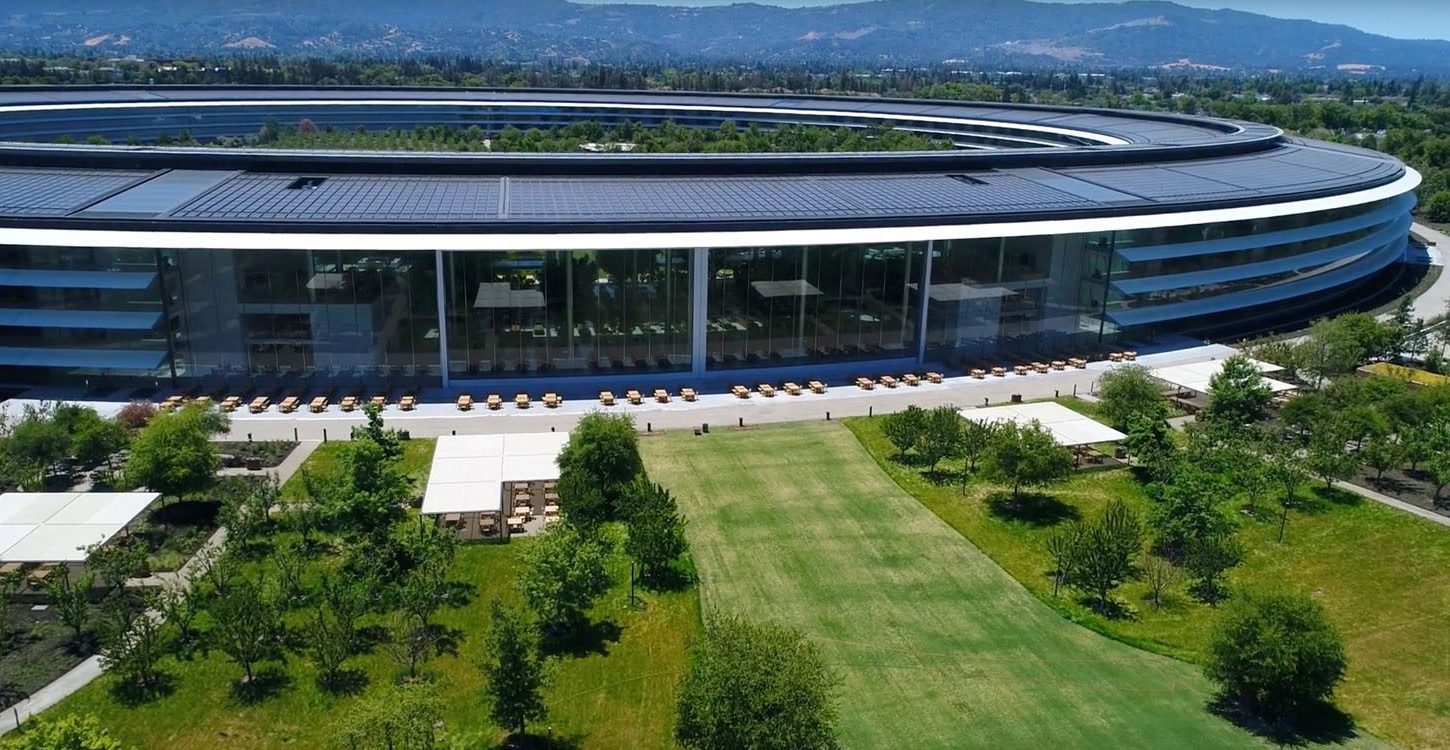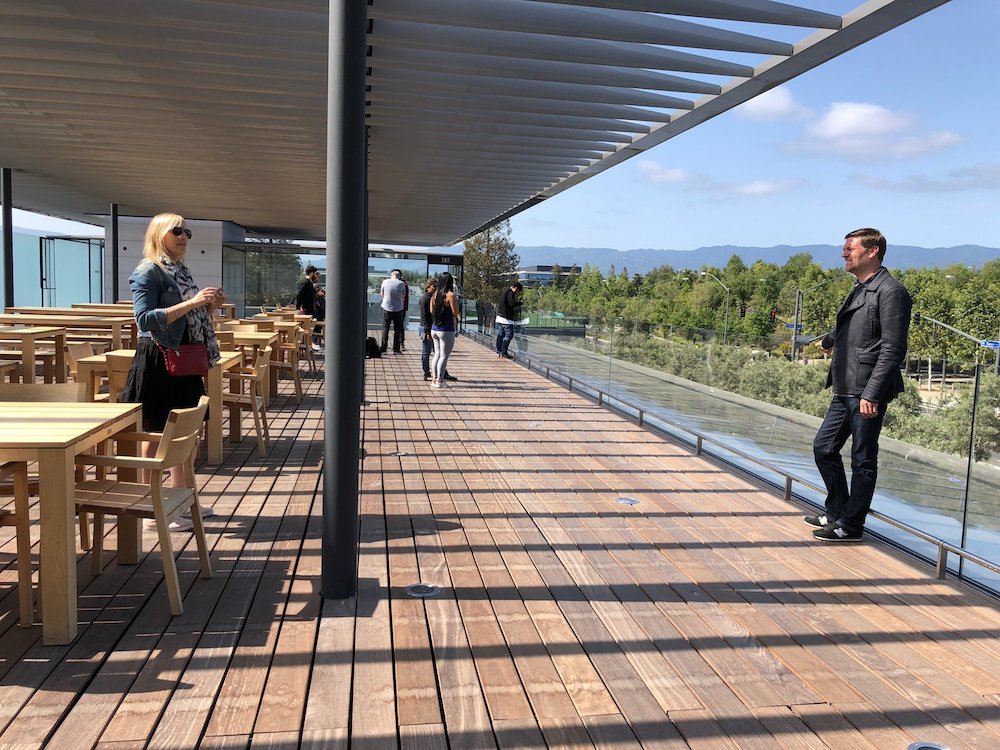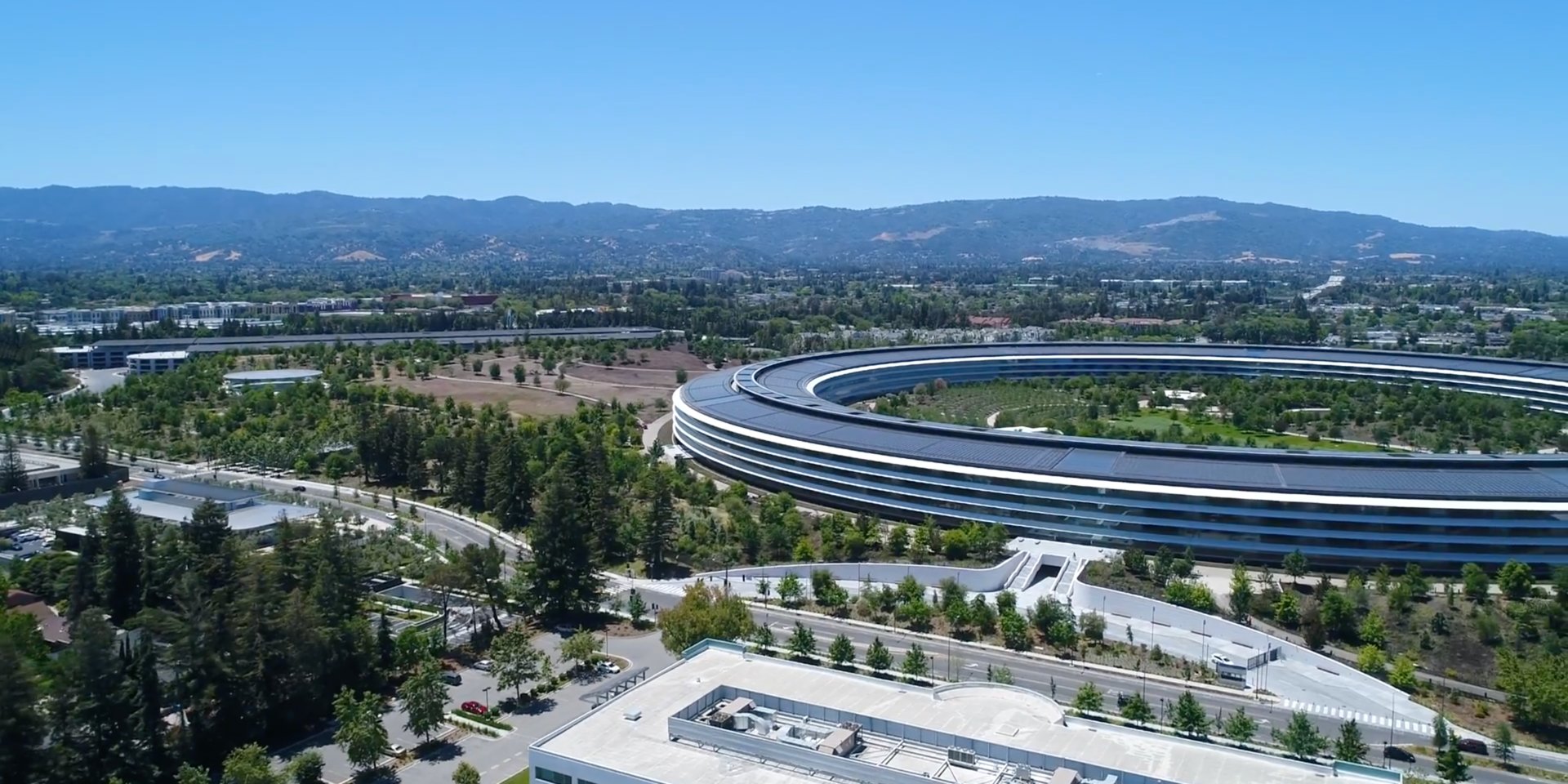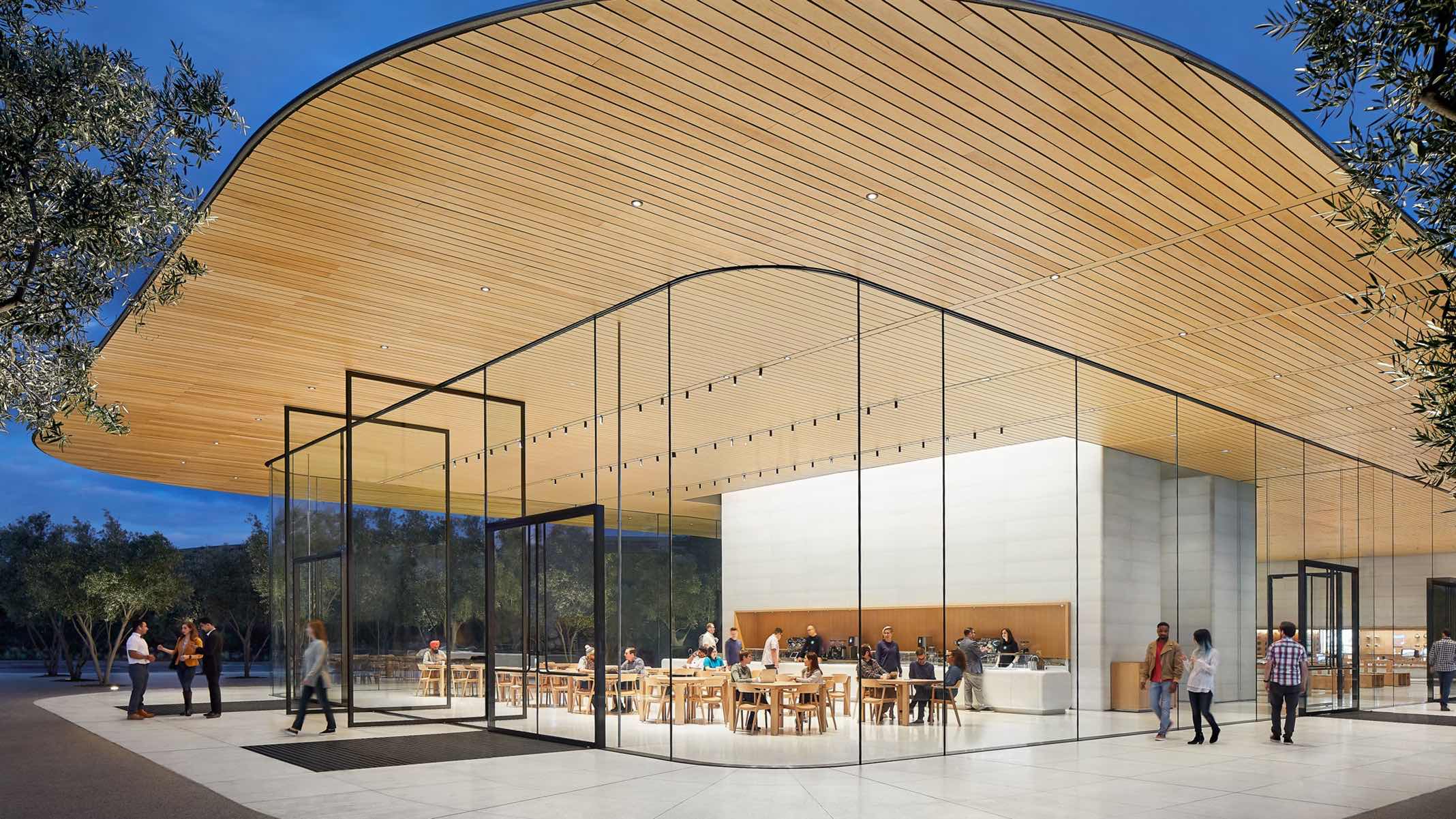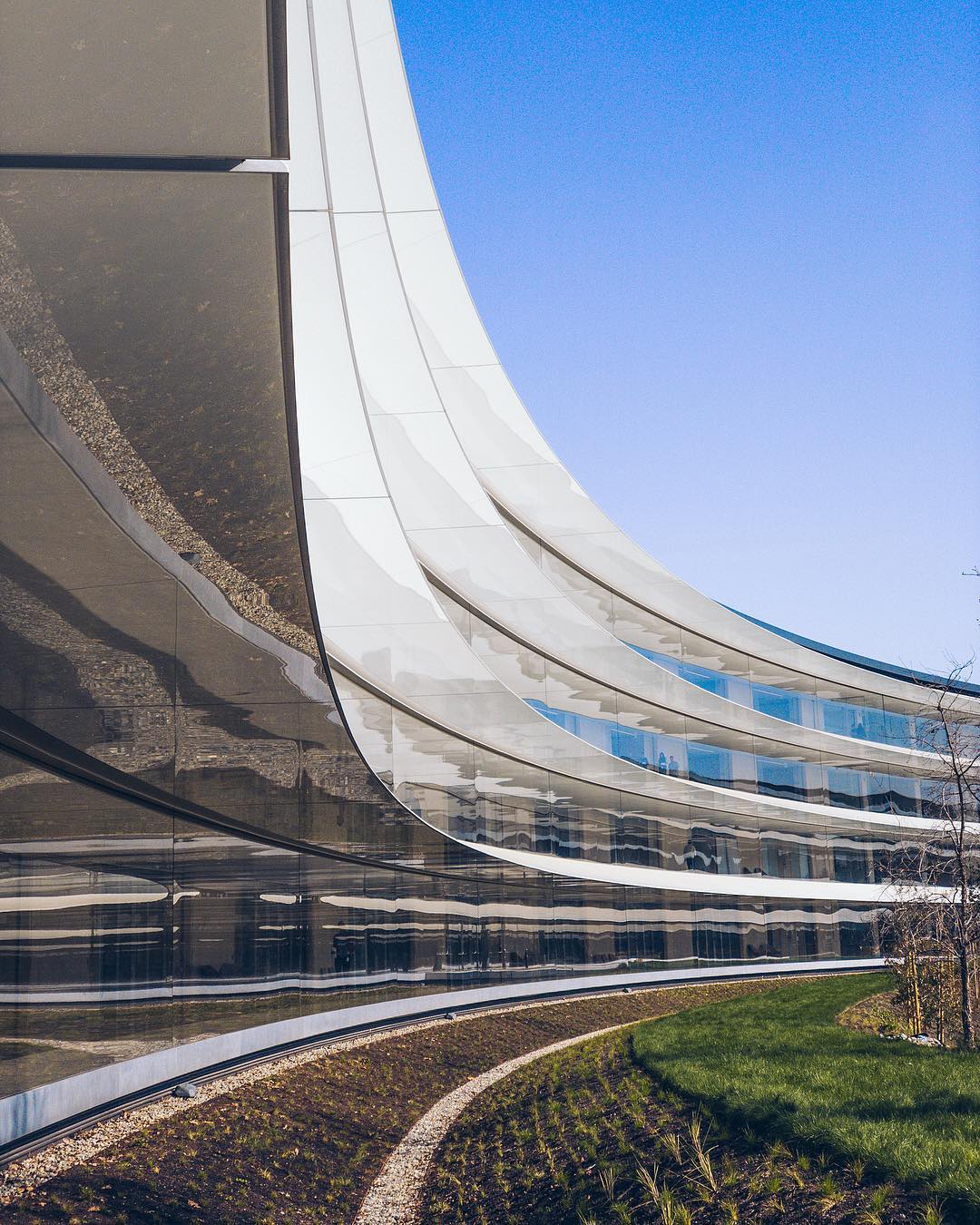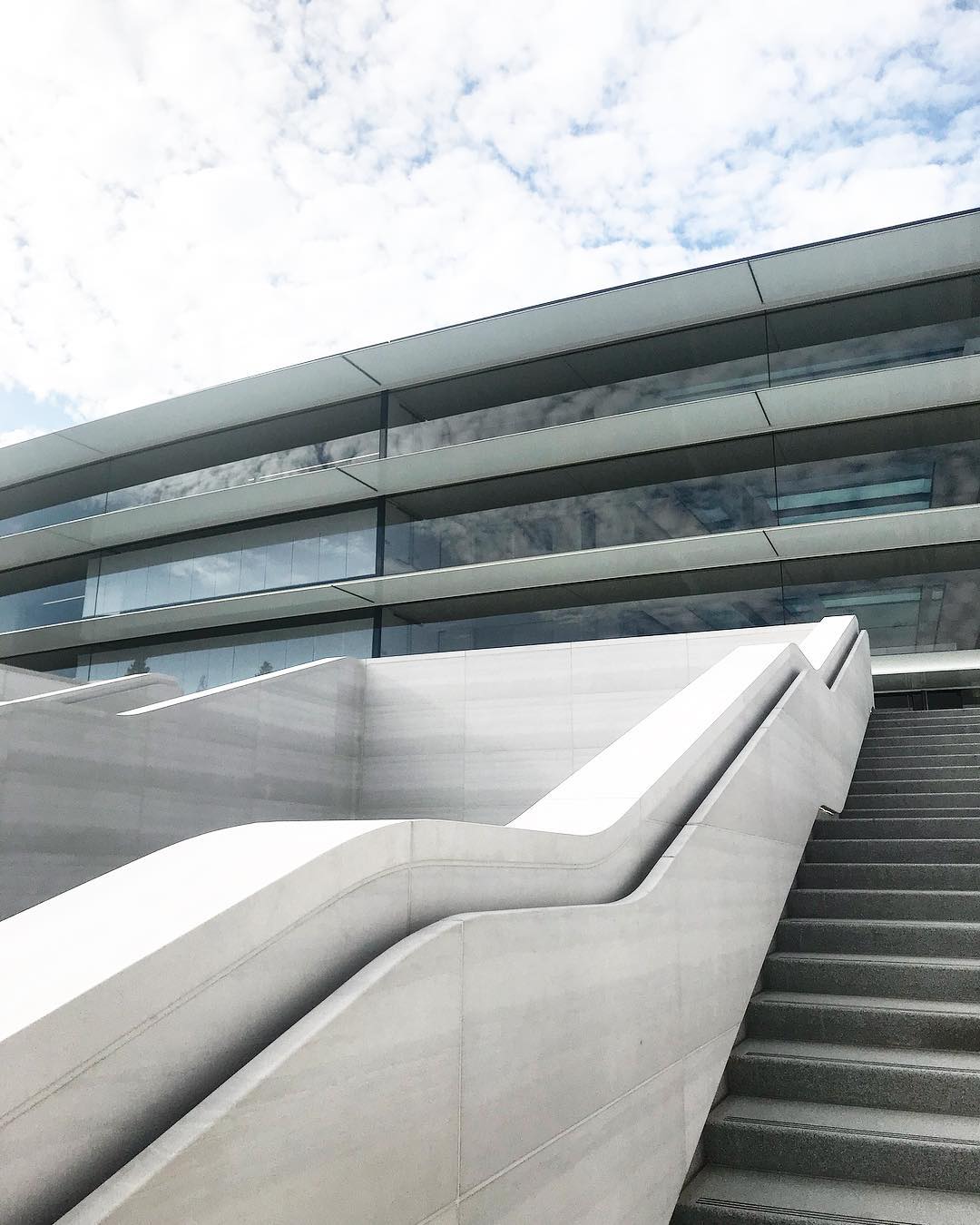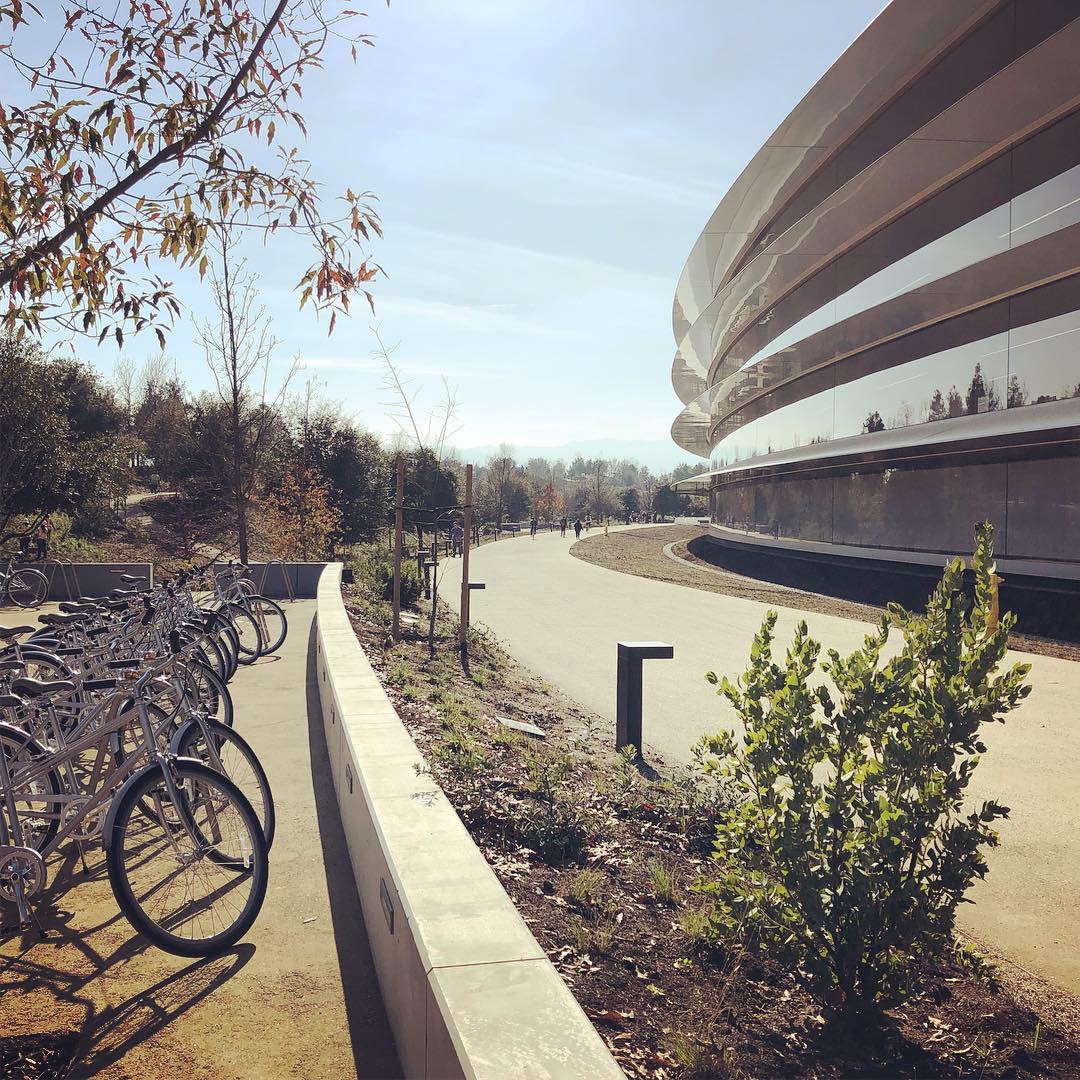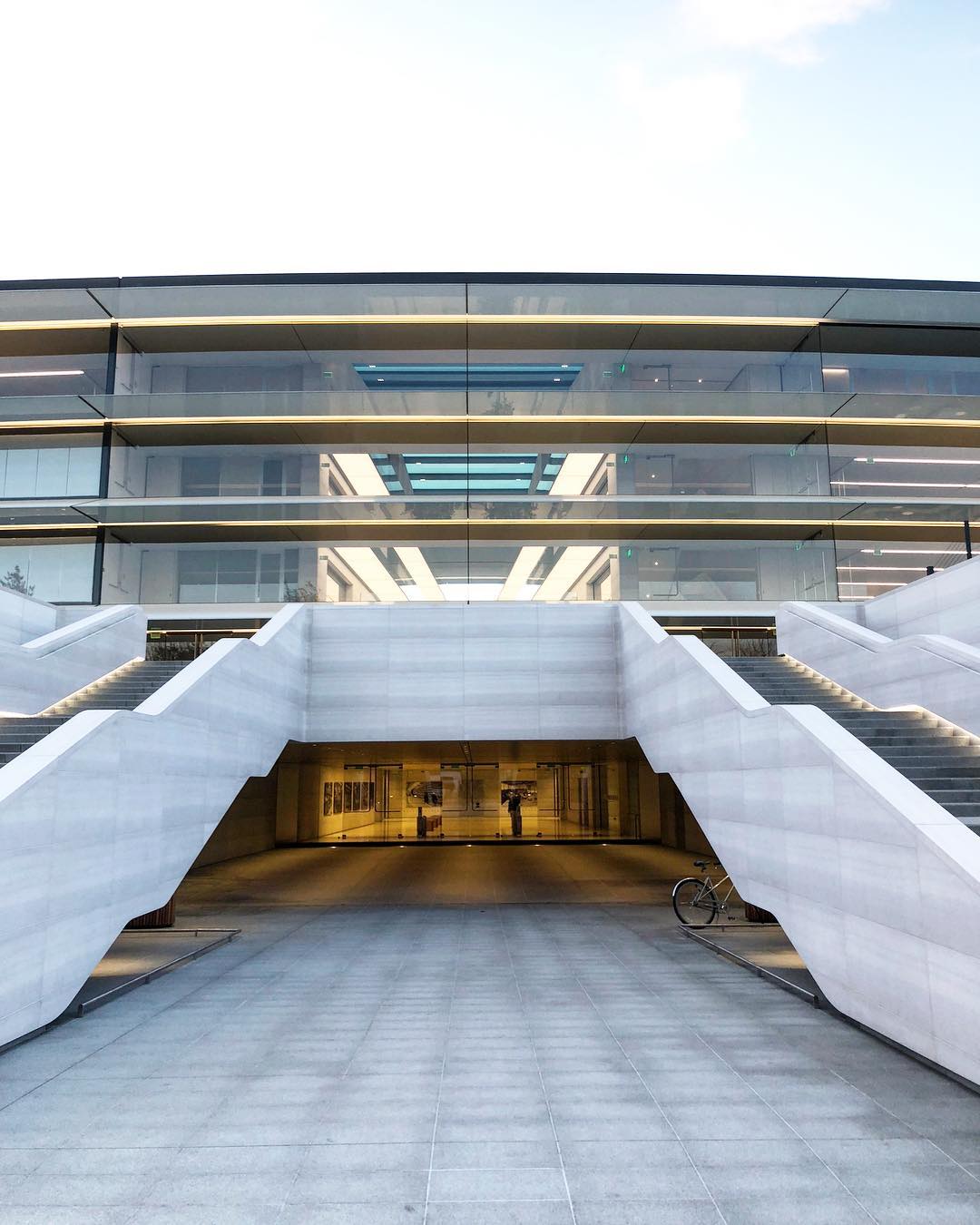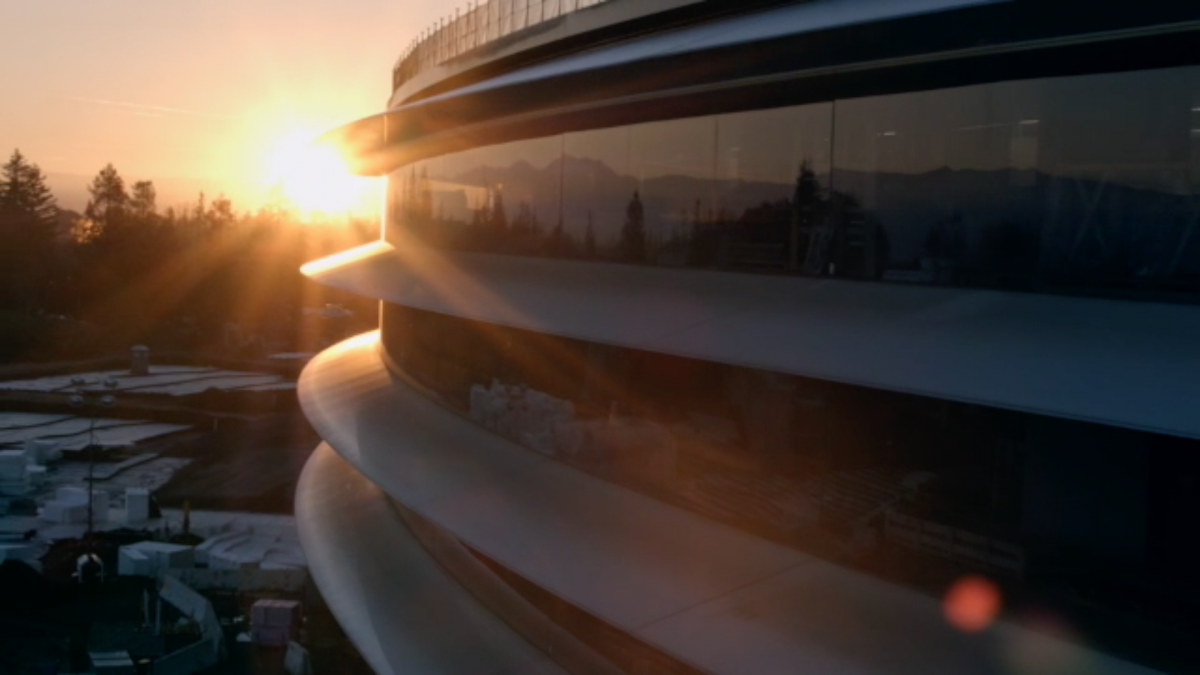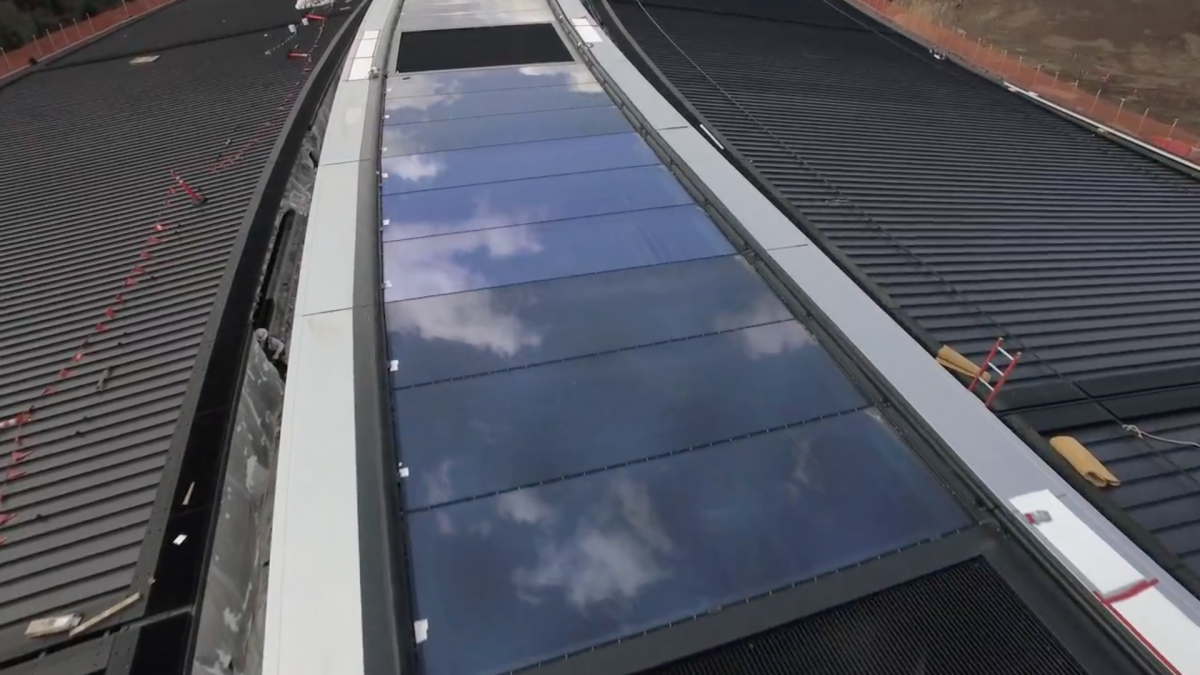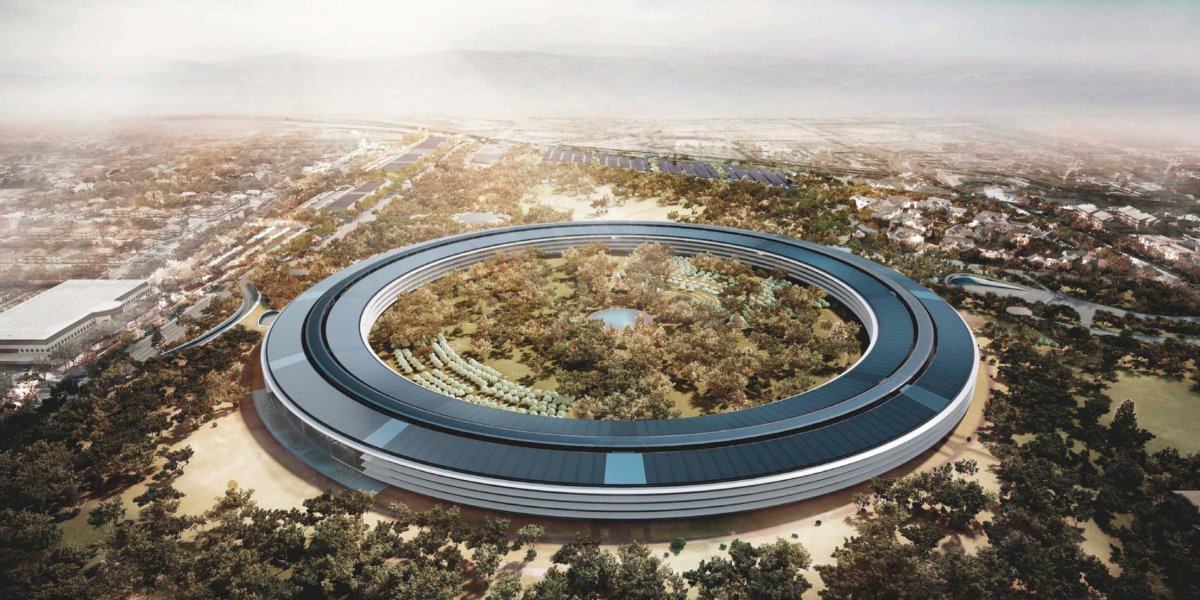We all surely remember the construction of Apple Park, Apple's newest campus. Every month we watched drone footage showing a gradually growing circular building fitted with huge pieces of glass. But do you remember the moment when you first heard about Apple Park? Do you remember when the construction of the campus actually got the green light?
On November 19, 2013, Apple finally received approval from the Cupertino City Council to begin construction on its second campus. The building was to become a working home for an ever-growing army of employees. "Go for it," Cupertino's mayor at the time, Orrin Mahoney, told Apple. But Apple started working on its second headquarters much earlier. It was April 2006, when the company began to buy land to build its new campus - the existing premises at 1 Infinite Loop were slowly no longer enough for it. Around this time, the firm also hired architect Norman Foster.
The last project
Along with the iPad, Apple Campus 2 – later renamed Apple Park – was one of the last projects under the baton of Steve Jobs, whose health was rapidly deteriorating at the time. Jobs was very clear about a number of details, starting with the materials used and ending with the philosophy of the building itself, which was intentionally designed so that employees would constantly meet and collaborate in it. Steve Jobs presented the entire giant project of the new campus to Cupertino's city council in June 2011 - just two months before he definitively resigned from his position as CEO of the company and five months before his departure from this world.
Work on the construction of the campus began as soon as possible after their approval. At the time when the construction was started, Apple hoped that it could perhaps be completed as early as 2016. In the end, the construction period was extended unexpectedly and the futuristic Apple Park, thought out and elaborated in detail in the spirit of the Apple philosophy, opened its doors a year later – in April 2017. In the Steve Jobs Theater, built in honor of the co-founder of the Cupertino company, the revolutionary and anniversary iPhone X was presented to the world for the first time in all its glory.
The company's new headquarters was met with surprisingly mixed reactions. The main building certainly looked absolutely gorgeous, futuristic and monumental. However, it was met with criticism, for example, for its possible adverse impact on the surroundings. Bloomberg, in turn, compared Apple Park to Jobs' second company, NeXT Computer, which never achieved Apple's success.
Waiting for Apple Park
The land Apple purchased in 2006 for its future Apple Park consisted of nine contiguous parcels. The design of the campus was overseen by none other than Jony Ive in collaboration with Norman Foster. The Cupertino company had to wait for the relevant permits until April 2008, but the world learned about the concrete plans only three years later. In October 2013, demolition work on the original buildings could finally begin.
On February 22, 2017, Apple officially announced that its new California campus will be named Apple Park and the auditorium will be named the Steve Jobs Theater. The wait for the apple campus to become operational was already in full swing by then: the opening had already been delayed for several years. On September 12, 2017, the auditorium in the new Apple Park finally became the venue for the presentation of the new iPhones.
After the opening of Apple Park, tourism around the campus also began to increase - thanks, among other things, to the newly built visitor center, which opened its doors to the public on September 17, 2017.
